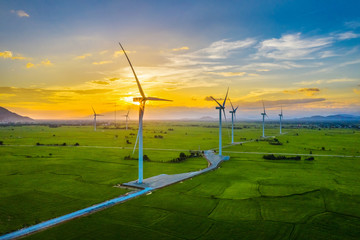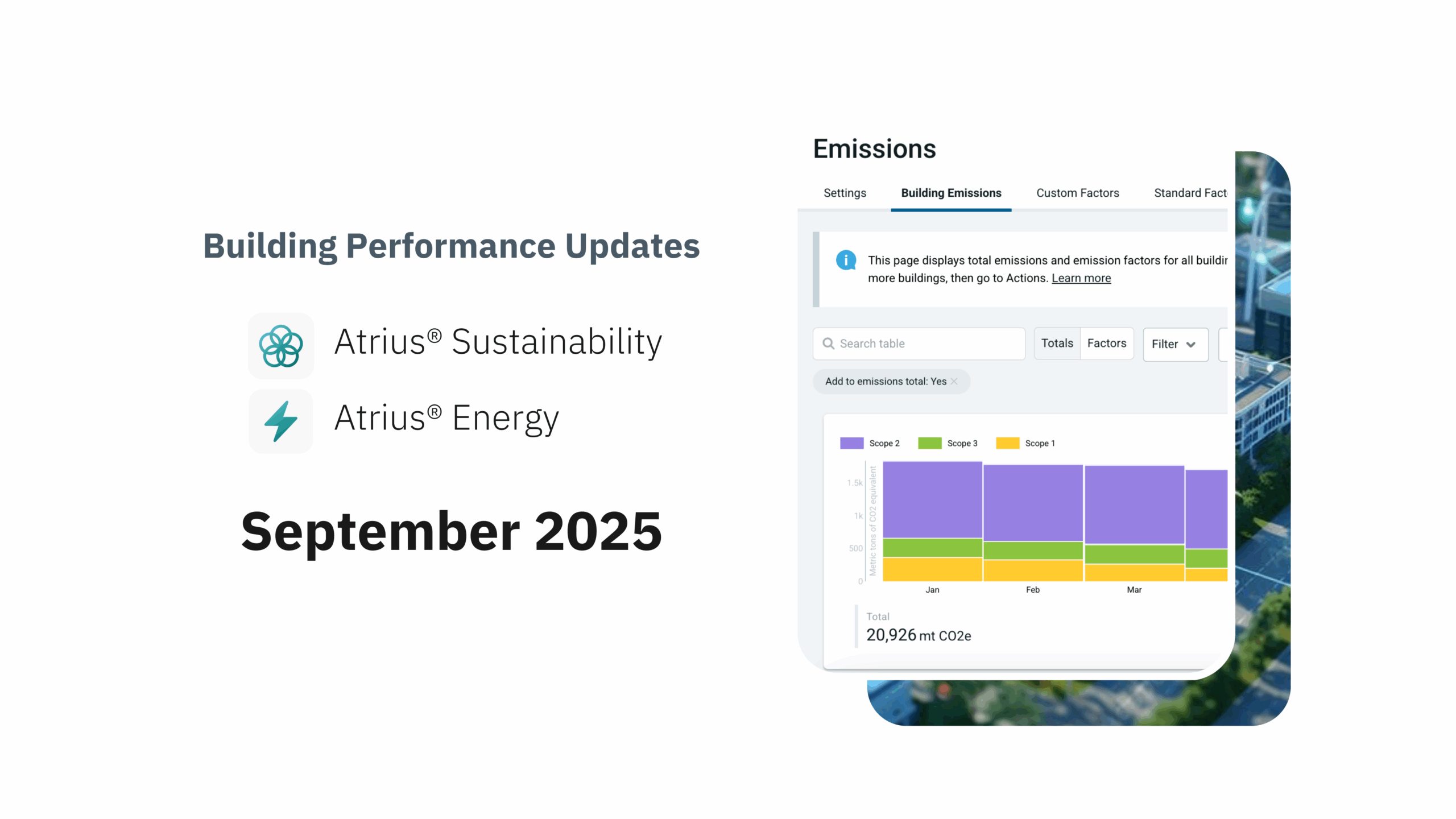This article was originally published on COTS Journal.
This year’s Earth Day commemoration called for global investment in lowering energy use as we work together for a sustainable future. The Information Technology (IT) sector has a major role in this effort, with the potential to effect a 20% reduction of total CO2 emissions by 2030, ac- cording to a Global e-Sustainability Initiative report. Technology that deploys solutions requiring fewer physical resources and less energy will have a transformational impact on meeting climate change mitigation goals.
Facilities managers who manage the built environment will reap benefits from implementing cutting-edge solutions such as cloud computing, digital twins, and machine learning along with embedded sensor networks. The software underpinning these solutions, created with sustainability in mind, will build the next generation of smart, innovative facilities management solutions. Here is an overview of how intelligent digital solutions will help create a more energy-wise future.
Greener Software Design Drives Smart Power Allocation
Cleaner, greener computing starts with designing software that is mindful of how its projected use is tied to carbon consumption. Applications that are hardware efficient and that minimize the amount of data traveling across networks reduce energy requirements throughout the program lifecycle. Reducing the network load through compression and decompression is preferred, as it takes less energy than transmitting uncompressed data.
This network-optimized software also applies to cloud computing — how software is architected, designed, and deployed dictates overall efficiency. Moving from on-premise data centers to the cloud is an important first step. Today’s hyper-scale cloud service vendors have made massive strides in making their data centers energy efficient.
There are conditions, though, when leveraging hybrid cloud architectures for specialized workloads is the right decision. When a computer workload can be easily broken into discrete chunks, running tasks on the network edge to take advantage of local processing capabilities which exist on controllers and gateways is often more efficient than sending an entire dataset over a network to run in the cloud. This is true whether you are running a machine learning model on a local TPU or summarizing and aggregating data locally before sending it over the network.
Compute utilization is another area in which green computing principles can be applied. The workload handled by a computer processing unit at any time varies. Most servers are not fully utilized but are still using energy. Reducing the size of virtual machines that have a higher utilization generally uses less power than a larger VM with lower utilization. Also, turning off VMs and containers which are not being utilized can save significant resources.
Digital Twin Framework Maps Real-Time Conditions
Digital twins, digital models of a physical object, can give extremely detailed views of real-time, changing environmental conditions. Managing a built environment and other assets becomes much easier when you have a complete view of every part of the space and how it is being used.
Because digital twin mapping is continually updated with new data, the model reveals nuanced and often formerly unrealized detail about energy flow, equipment conditions, air quality, lighting, and other environmental aspects. As conditions change, the digital twin enables us to understand shifts in energy patterns or equipment operations, so issues can be managed quickly and be- fore problems arise. It can also enable buildings to be managed based on how they are being used as opposed to a schedule based upon personal observations.
Operators can run simulations on the digital representation of a physical asset to test new equipment configurations or processes, determine best-use scenarios or improve predictive maintenance. Digital twins are converging with increased IoT and machine learning systems, making this technology an essential tool across many industries.

Embedded Sensors and Machine Learning Bring Unprecedented Benefits
As sensors become more widely embedded throughout an environment, any built space can have the ability to become smarter, greener, and safer. Not only can IoT networks and artificial intelligence (AI) extract and share data from diverse sources, but these systems can analyze vast reams of information and make decisions that optimize energy use.
In buildings, for example, lighting is a huge energy draw and yet public spaces and businesses need to keep places lit when people are on-site. But there are times throughout the day when there are few people in a specific area, and less light is needed. An intelligent automated system that can “read” the area, compare historical data and trends, and decide that fewer lights are required can create the right action.
One prominent U.S. retailer, an Atrius customer, was able to save millions of dollars annually in energy costs through an automated dimming program. Scale this across multiple retailers globally and a simple dimming system could save billions in KWh and energy dollars, making huge strides for decarbonization.
Machine learning, embedded IoT systems, and data visualization technology have made information more accessible, but the most important aspect is that it gives people back the time to apply human ingenuity, creativity, and foresight to planning. Cleaner, green computing is a growing discipline that ties together software design, energy, and sustainability and will help propel the climate change mitigation solutions we need now and in the future.
Carl Coken is Vice President, Atrius Engineering, Acuity Brands. He is responsible for the development of the Atrius suite of products and solutions which control thousands of buildings, interact with millions of people, and manage billions of square feet of real estate around the world every single day. More info at Atrius; email marketing@atrius. com.



